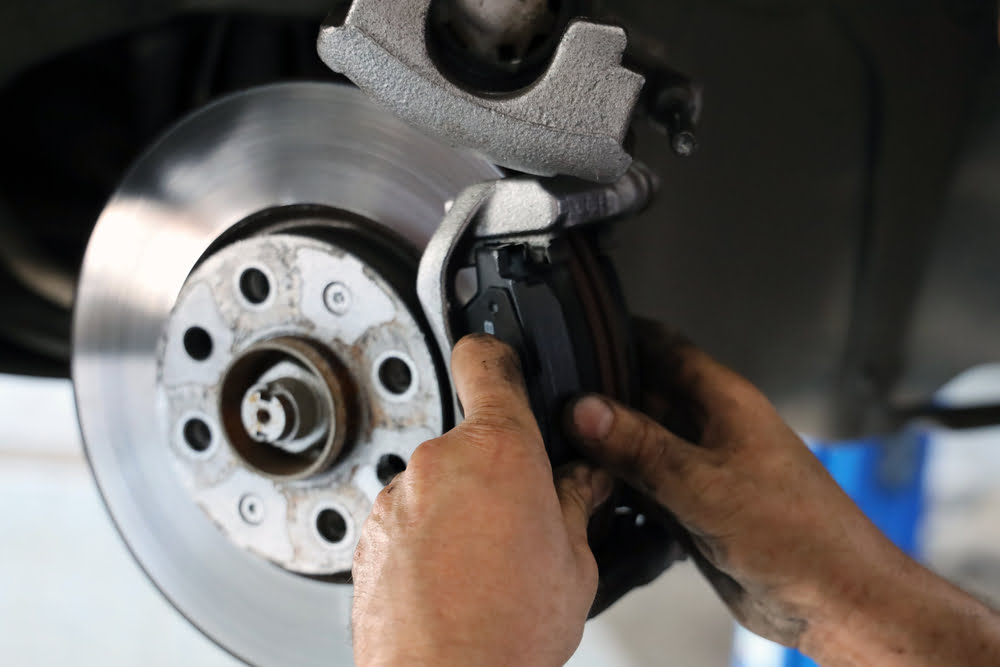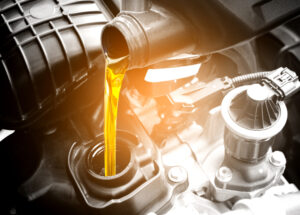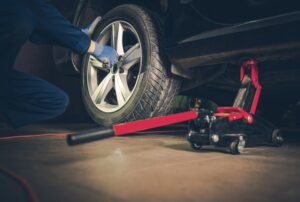From a safety and basic operations standpoint, few components are more important to any vehicle than brakes. Ensuring brakes are always in good shape is very important, and one of the key areas to keep an eye on for any vehicle you own within this realm is that of brake pads.
At Quarts & Lugnuts, we’re happy to offer Salt Lake’s best mobile brake services, tire services and more to a variety of clients. We’ve assisted numerous clients with their brake pad needs, and we’ll do the same for you. When it comes to brake pads, one of the most important things vehicle owners can do is keep an eye out for telltale signs of wear-and-tear — here are some basics to know in this area, plus some of the common such signs to be on the lookout for.
Typical Brake Pad Life Expectancy
While this will vary between specific vehicles and even between various vehicle owners, standard brake pads are meant to last between 50,000 and 60,000 miles on average. Of course, there are a variety of factors that can contribute to a shorter or longer lifespan for your particular brake pads — some will experience wear-and-tear more quickly than others. With this in mind, it’s important to always keep an eye out for early signs of wear on your brake pads.
Our next several sections will go over these signs.
Squealing or Squeaking Sounds
In many cases, the first signs of brake pad wear issues are familiar to many of us: that high-pitched squealing or squeaking noise that comes whenever you hit the brakes. This sound is created by a small metal tab on the brake pad itself, which is meant to create this noise as a way of warning drivers that their pads are getting low and need to be replaced.
If you begin hearing this noise, it’s important to take action quickly and get your brake pads replaced. The sooner you do so, the better off you’ll be.
Vibrations When Braking
In addition to sounds, another common symptom associated with early brake pad wear is vibrations that occur whenever the brakes are applied. These vibrations are typically felt in the steering wheel itself, and they’re caused by the rotors becoming warped as a result of extensive contact with worn-down brake pads.
If you begin experiencing these vibrations, it’s important to have your brake pads replaced as soon as possible. Continuing to drive with warped rotors can cause additional damage to other components of your braking system, so dealing with the issue right away is key to preventing further issues.
Indicator Light
For certain newer vehicle models, and even some older ones as well, there’s a specific indicator light on the dash that will let you know when your brake pads need to be replaced. This light looks like a picture of a car with squiggly lines underneath it, and it typically lights up whenever there’s an issue with the brake pads or other related components.
If this light comes on, it’s important to take your vehicle in for brake pad replacement or repair services as soon as possible. Waiting to do so may risk further damage to your brakes.
Deep Grinding Sound
In certain cases, a more severe symptom that may be associated with brake pad wear is a deep grinding sound that’s emitted whenever the brakes are applied. This sound is typically indicative of pads that have worn down completely and are now beginning to damage the rotors themselves.
If you begin hearing this noise, it’s important to take your vehicle in for brake pad replacement or repair services right away. Continuing to drive with severely worn-down brake pads can cause extensive damage to your braking system, so it’s best to deal with the issue as soon as possible.
Visual Wear-Down
In other situations, the primary signs of brake pads wearing down will be visual in nature. Specifically, brake pads are meant to be at least a quarter-inch thick as they sit on the caliper of your vehicle. If they’ve worn down to less than this, it’s time for them to be replaced.
Additionally, you can also visually inspect the brake pads themselves for wear-and-tear. If you see cracks, grooves or other signs of damage, it’s a good idea to have them replaced even if they haven’t yet reached the quarter-inch mark.
Simple Age or Mileage
As we noted above, average brake pads will last anywhere from 50,000 to 60,000 miles before they need to be replaced. So if you know your brake pads are already approaching this range or even have surpassed it, it’s a good idea to go ahead and have them replaced as a preventative measure.
Additionally, even if your brake pads still appear to be in good condition, it’s worth getting them replaced if they’re more than five years old. Over time, the materials they’re made of can break down and become less effective, so replacing them after a certain number of years is always a good idea.
Brake Fade
Last but not least, brake fade is another common symptom associated with early brake pad wear. This occurs when your brakes begin to feel less responsive and less effective than they normally are, and it’s typically caused by pads that have become excessively worn down.
If you begin to experience brake fade, it’s important to take your vehicle in for brake pad replacement or repair services as soon as possible. Continuing to drive with excessively worn-down brake pads can be dangerous, so it’s best to deal with the issue right away.
For more on some telltale signs that it’s time to replace your vehicle’s brake pads, or to learn about any of our mobile brake, tire or oil services, speak to the team at Quarts & Lugnuts today.



